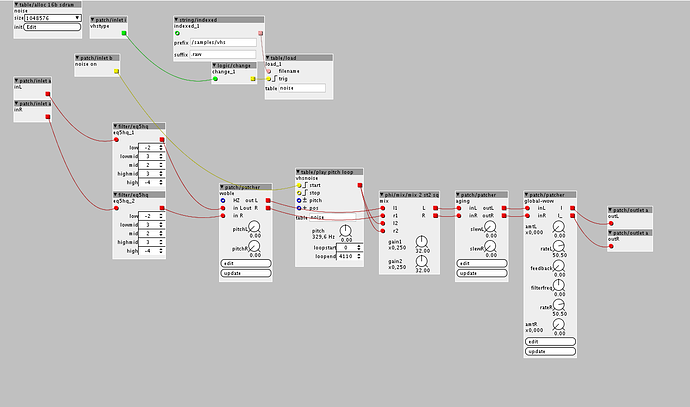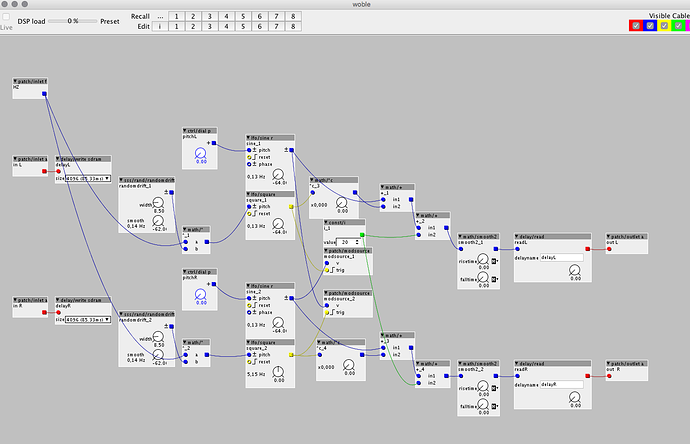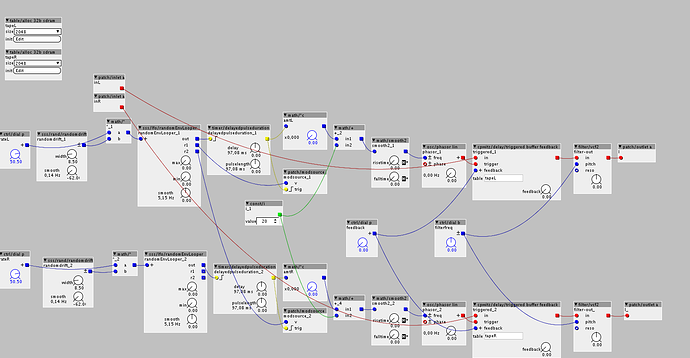
Hey, I have a challenge if anyone fancies it, it's called "The VHS Challenge" 
It would be cool to see "VHS" in the library. The VHS audio system adds a unique, solid character to the sound being recorded/played to/from tape (an interesting system).
As a quick read-up, here's a quote from Wikipedia:
VHS Hi-Fi audio is achieved by using audio frequency modulation (AFM), modulating the two stereo channels (L, R) on two different frequency-modulated carriers and embedding the combined modulated audio signal pair into the video signal. To avoid crosstalk and interference from the primary video carrier, VHS's implementation of AFM relied on a form of magnetic recording called depth multiplexing. The modulated audio carrier pair was placed in the hitherto-unused frequency range between the luminance and the color carrier (below 1.6 MHz), and recorded first. Subsequently, the video head erases and re-records the video signal (combined luminance and color signal) over the same tape surface, but the video signal's higher center frequency results in a shallower magnetization of the tape, allowing both the video and residual AFM audio signal to coexist on tape. (PAL versions of Beta Hi-Fi use this same technique). During playback, VHS Hi-Fi recovers the depth-recorded AFM signal by subtracting the audio head's signal (which contains the AFM signal contaminated by a weak image of the video signal) from the video head's signal (which contains only the video signal), then demodulates the left and right audio channels from their respective frequency carriers. The end result of the complex process was audio of outstanding fidelity, which was uniformly solid across all tape-speeds (EP, LP or SP.)
With that, you have an explanation of the process that would effectively need to be modeled in Axoloti. And there's a twist, because this challenge takes you out of your coding zone and drags you back down to the same level as us mere cable-connecting types. Yup, you have to model this technique using the objects already available so that others can learn from it. Coding objects is cool, but completely useless for non-coders who wish to see how it's made, what makes it tick etc, so you must do this by connecting objects that are already available in the factory set.
So there you have it, a fun challenge if anyone is interested, and looking at the Wiki description it's an interesting system in it's own right. No pressure, no deadlines, no prizes, but you do get bragging rights if you produce a VHS patch that is genuinely convicing, and is based on the same process that VHS audio uses.
Basically a stereo audio-in, followed by your VHS patch, followed by a stereo audio-out 









